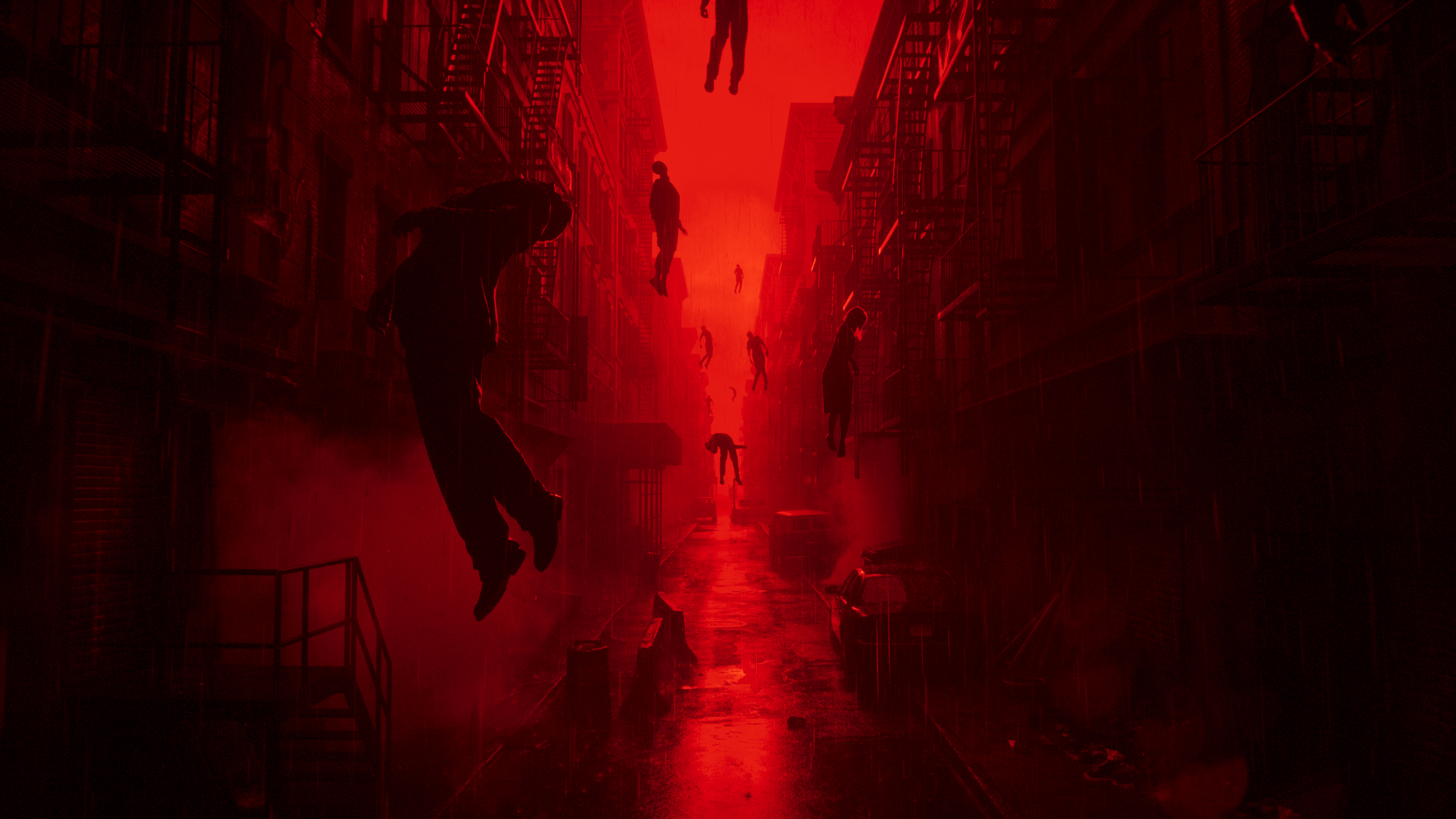Our Verdict
Blender 3.1 continues to grow the base features of what has become one of the most-loved CG software around. Blender has become quite the force to be reckoned with in recent times, with this release adding even more features and capabilities. It’s a solid release that caters to recent tech developments and is well worth your consideration.
For
- A reworked rendering engine
- Major performance improvements
- More procedural support
Against
- Learning curve can be steep
- User interface could be improved
Why you can trust Creative Bloq
Blender 3.1 is a quick update to Blender 3.0, which released at the end of 2021 (Blender is now up to version 3.4.1, so you can see this software is updated regularly and quickly).
With nearly three decades of development under its belt, Blender really is a force to be reckoned with – read our Blender tutorials roundup for what this software can do, everything from animation to game design. Blender remains one of the best free 3D apps.
This major release included a plethora of new features and was well received by the community. Let’s dive in to see what was noteworthy in the major release and then we’ll see what’s changed in Blender 3.1.
Blender 3.1 keeps up with its rivals
First up, big improvements have been made to the animation tools. The introduction of the pose library now allows animators to store and apply various character poses with absolute ease. By providing an interface that not only enables the adding of poses to characters but also gives tools to blend between poses, animators are able to set character poses up in a fraction of the time.
As Blender has evolved, the process of animation is becoming increasingly natural for artists (you may need to upgrade to a new laptop for animation to get the most from Blender). The tools themselves have taken a back seat and the creative process has taken the fore. Compared to previous posing workflows, animators will find this an absolute game changer.
The 2D animation tool, Grease Pencil, has been vastly improved. Not only has its performance been sped up but it also comes with a new set of modifiers. One example includes the ‘Dot Dash’ modifier which allows animators to use 'Dot Dash' lines on strokes automatically. Artists can now more easily set up outlines using a negative value in the fill tool.
In April 2021, Blender announced that it was going to carry out a major overhaul of Cycles, its primary render engine. In the time between the announcement and the release of Blender 3.0 (only eight months) Blender developers have managed to make rendering times up to eight times faster. That’s quite the improvement in such a short space of time! Now called Cycles X, artists will be glad that the team decided to not just tinker with the existing code, then ten years old, but to give it a complete re-work from the ground up.
Alongside the better algorithms that have been adopted, much of the improvement has come through the changes to the underlying architecture and utilising the capabilities of modern CPUs and GPUs. Rendering improvements are not just limited to speed and performance though.
Daily design news, reviews, how-tos and more, as picked by the editors.
We’ve been treated to some major improvements in noise-handling too. This has come primarily through an update to the Open Image Denoiser which improves normal passes but also through changes to the Shadow Catcher.
Too many improvements to count in Blender

Blender 3.0 also saw the introduction of their Asset Browser which will keep you super organised. By utilising Asset Libraries, Catalogs and Tags you’ll be able to create, access and organise your favourite assets at the click of a button. These assets, which include models, materials, poses and even worlds, can be dragged into the viewport for easy application.
If you were organised, you might have kept your assets neatly organised in your own file structure. What benefit is this browser for you? The main upside is that its visual and integrates directly into Blender. Once you’ve got used to it you’ll find it speeding up your entire workflow.
Space doesn’t allow for us to mention the countless other improvements such as Geometry Node improvements, changes to Grease Pencil and UI Updates. Version 3.0 was a major step forward but obviously not a big enough step for the Blender developers. A few months after release we’ve got another update; this time focusing on performance and speed improvements. These tweaks and additions further speed up the artist’s workflow and make the creative process more enjoyable.
These tweaks and additions further speed up the artist’s workflow and make the creative process more enjoyable
A great example of a quicker workflow can be found with the new ‘Copy Global Transform’ add-on. When working with character rigs, artists can now copy the world space transform from one object or bone and paste it onto another object or bone. This addition will enable animators to more quickly set up their animations.
Blender’s procedural system has also been bolstered with a whopping 19 new nodes. Every one of them is noteworthy but particular attention should be given to the new Extrude node. This will completely transform the modelling process for many artists. Procedural modelling like this enables artists to make models that are procedurally driven and therefore non-destructive. Changes can therefore be made at any time without fear of not being able to return to a previous iteration.
With support in Cycles for Metal GPU, a new Point Cloud object and an Image Editor that can handle massive images to name only a few updates, Blender has become even stronger in version 3.1. To think that Blender is free and supported by an incredible community of people is nothing short of amazing.
Visit the Blender website to see more of what this software can do, and remember it's completely free and open source. Blender runs in Windows, iOS and Linux, and you'll need a recommended 32GB RAM and 64-bit eight core CPU (you can drop down to 8GB RAM but it's not ideal). Take a look at our guide to the best laptops for 3D modelling for our recommendations.
This article was originally published in issue 288 of 3D World Magazine. You can subscribe to 3D World at the Magazines Direct website and get 3 issues for £3. The magazine ships internationally.
Read more:
out of 10
Blender 3.1 continues to grow the base features of what has become one of the most-loved CG software around. Blender has become quite the force to be reckoned with in recent times, with this release adding even more features and capabilities. It’s a solid release that caters to recent tech developments and is well worth your consideration.

Paul is a digital expert. In the 20 years since he graduated with a first-class honours degree in Computer Science, Paul has been actively involved in a variety of different tech and creative industries that make him the go-to guy for reviews, opinion pieces, and featured articles. With a particular love of all things visual, including photography, videography, and 3D visualisation Paul is never far from a camera or other piece of tech that gets his creative juices going. You'll also find his writing in other places, including Creative Bloq, Digital Camera World, and 3D World Magazine.
- Ian DeanEditor, Digital Arts & 3D


